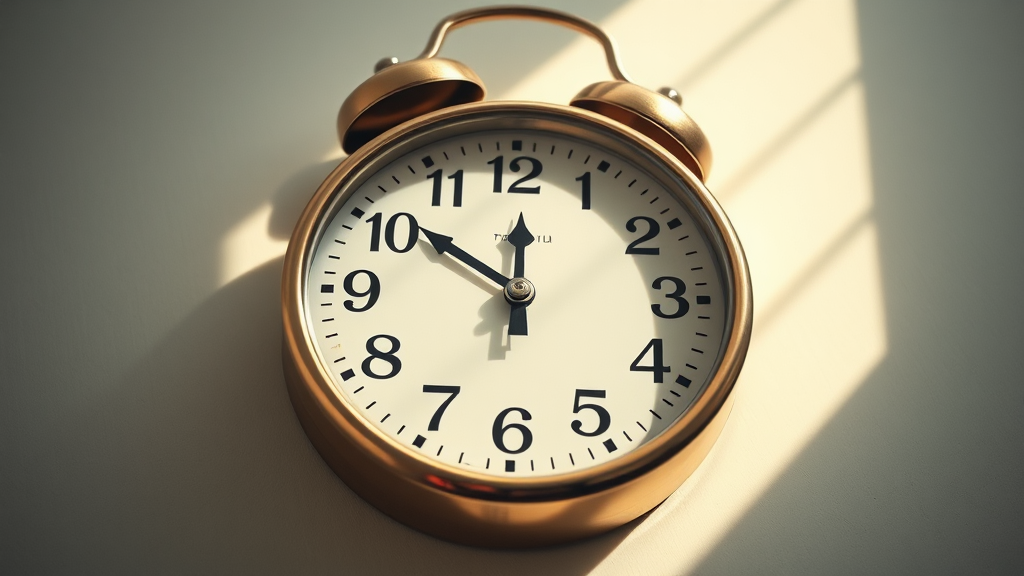What are the drawbacks of a consumer proposal on credit rating?
credit rating, payment plan, Quebec
Opting for a consumer proposal in Canada impacts your credit rating by staying on your report for up to three years, making credit harder to access. Although less severe than bankruptcy, you commit to a 3-5 year payment plan, challenging your budget and potentially leading to asset sales if payments falter.

Impact of consumer proposals on your credit rating and payment plan.
Question
What are the disadvantages of a consumer proposal?
I’m trying to see the full picture and understand what the downsides might be. I’d appreciate some honest insights into any potential negatives of a consumer proposal. What should I be cautious about?
From: Anonymous Question, Quebec (QC)
Debt Insiders Answer
Experiencing a ding on your credit score is one of those trade-offs that come with a consumer proposal in Canada. While it’s not as harsh as filing for bankruptcy, it’ll still sit on your credit report for up to three years after you’ve settled up. This can really put a wrench in getting fresh credit, as lenders might see a consumer proposal as a sign of past money troubles. Plus, your credit score could take a hit right off the bat, which narrows down your financial wiggle room as you’re chipping away at the repayment plan.
Now, let’s talk about the commitment. With a consumer proposal, you’re signing up for a payment schedule that can stretch from three to five years, and that could be a heavyweight on your monthly budget. Missing payments could mean your creditors decide to toss out the proposal and snap back to the original debt terms—or even worse, they might push for bankruptcy. And don’t forget, part of the deal might involve selling off some of your stuff to pay back what you owe, which could leave you with fewer assets to fall back on.
From: Anonymous Question
Elimiate up to 80% of Your Debt
High cost of gas, high cost of groceries, high lending rates, low salary - being in debt is not your fault! See if you qualify for government debt programs and get out of debt today!
Office of the Superintendent of Bankrupty (OSB) Answer
Impact on Credit Rating: A consumer proposal negatively affects your credit rating, as it is listed as an R7 designation on your credit report for three years following completion (Bankruptcy and Insolvency Act, section 66.31).
Public Record: Consumer proposals are registered on the public record, making them accessible to creditors and potentially impacting future employment opportunities or rental agreements (Bankruptcy and Insolvency Act, section 66.29).
Limited Availability: Not all debts can be included in a consumer proposal; certain debts, like child support or alimony, must still be paid in full (Bankruptcy and Insolvency Act, section 66.34).
Asset Risk: While you can generally keep your assets, you risk losing assets if they exceed allowable exemptions or if your proposal does not meet the requirements of the Bankruptcy and Insolvency Act (section 67).
Repayment Obligations: You must adhere to strict repayment schedules, which can create financial strain if your situation changes (Bankruptcy and Insolvency Act, section 66.27).
Duration of Payments: The process can last up to five years, which is a long commitment for individuals seeking to resolve debt quickly (Bankruptcy and Insolvency Act, section 66.25).
Potential for Dismissal: If you fail to make payments as agreed, your proposal can be annulled, leaving you back at square one without relief (Bankruptcy and Insolvency Act, section 66.31).
No Complete Debt Forgiveness: Unlike bankruptcy, a consumer proposal does not discharge all debts, and creditors may still pursue you for any unpaid amounts after the proposal (Bankruptcy and Insolvency Act, section 66.34).
From: This answer is provided by scanning the OSB Bankruptcy & Insolvency Act and related directives
Related Questions
Here are the top 5 most frequently asked questions related to the disadvantages of a consumer proposal, based on the provided sources and general online trends:
1. How does a consumer proposal affect my credit rating?
- A consumer proposal will stay on your credit report as an R7 rating for up to six years from the date of filing.
2. What happens if I miss payments in a consumer proposal?
- If you miss three months of payments, your consumer proposal can be annulled, and your debts, along with any interest and fees, will be reinstated.
3. Does a consumer proposal cover all types of debt?
- A consumer proposal does not cover secured debts; it only includes unsecured debts such as credit cards, personal loans, and utility bills.
4. How long does a consumer proposal take to complete?
- A consumer proposal typically takes 4 to 5 years to complete, although you can pay it off earlier if your financial situation improves.
5. Can my creditors reject a consumer proposal?
- Yes, creditors can reject your proposal if more than 25% of your creditors request a meeting and more than half of the creditors’ claims vote against it at the meeting.
References
| Title, Source |
|---|
| Understanding Consumer Proposals in Canada, Government of Canada |
| The Effects of a Consumer Proposal on Credit, Credit Canada |
| Consumer Proposal vs. Bankruptcy: Which is Right for You?, DundeeWealth |
| Bankruptcy and Insolvency Act (R.S.C., 1985, c. B-3), Government of Canada |
Table of article references
Eliminate up to 80% of Your Debt
High cost of gas, high cost of groceries, high lending rates, low salary - being in debt is not your fault! See if you qualify for government debt programs and get out of debt today!